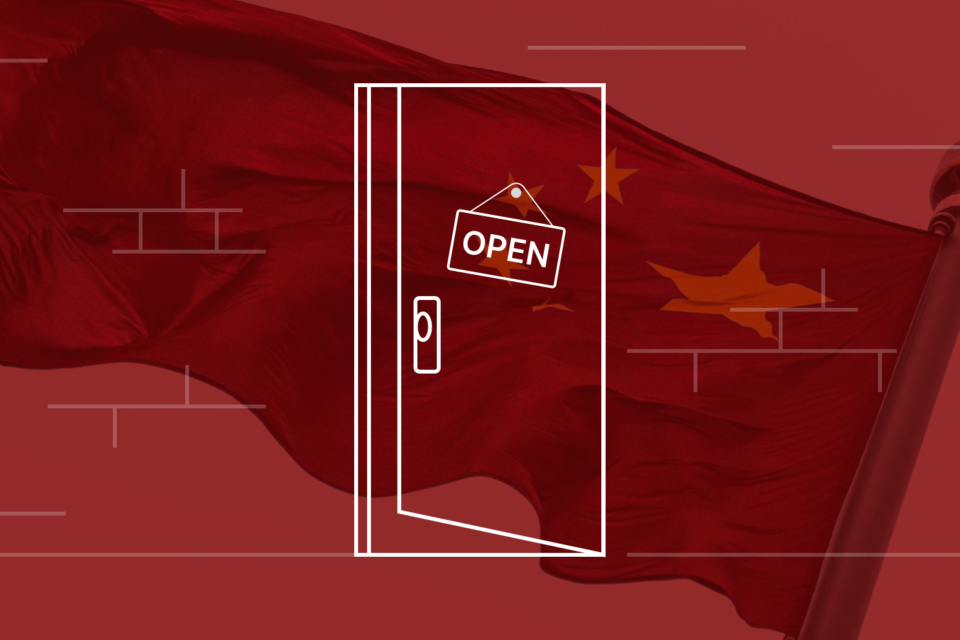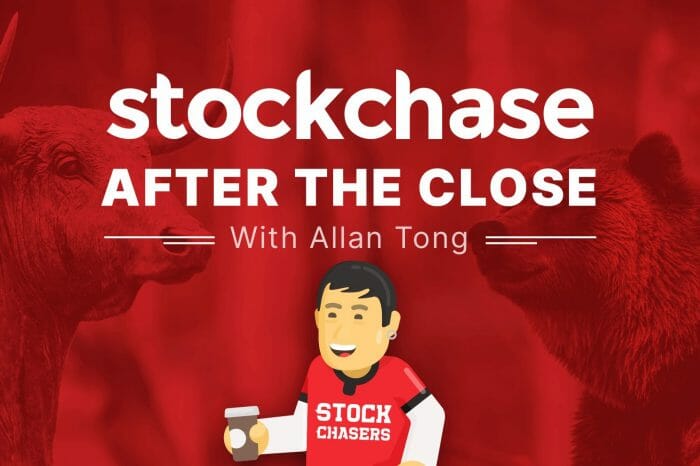China reopens

China reopens:
Civil unrest pressured China’s government to finally cease its draconian lockdown policy last December long after other industrialized nations vaccinated their populations and reopened their economies. China reopened. A few weeks ago, Beijing upgraded its GDP predictions for 2023 to 5.4%, and A1 GDP of 4.5% beat the expected 4.0%.
Consumers are on a spending spree. However, that country’s industrial production for January-February climbed only 2.4% and fell short of the expected 2.6%, according to a Reuters poll. Still, the powerhouse called China has awoken and its return to business will unleash waves of demand and production in the months to come. What North American companies should investors be aware of to benefit?

China is the third-biggest market for this running shoe giant, but even with that country in lockdown last year, Nike lost only 3% of sales in that territory while all retail sales dropped 5.9% (November 2022 vs. November 2021) and all shoe and clothing sales plunged 15.6%. Talk about consumer loyalty. Right before last Christmas, Nike released quarterly earnings and revenues that easily beat Wall Street expectations, headed by Nike Direct sales which popped 16% in that quarter while digital sales jumped 25%. EPS of $0.85 beat the street’s $0.64. Nike overcame a major problem last year—inventory—by slashing prices. The company also offered a rosy outlook.
Flashfoward three months to late March when Nike issued another sales beat. Q3 revenue of $12.39 billion beat the street’s $11.47 billion, Q3 EPS of $0.79 beat $0.55, while North America sales rose 27%, EMEA sales (Europe, Middle East, Africa) climbed 17%. The company reported that inventory levels continued to fall and that they expect “healthy” levels by the end of fiscal 2023. However, in the last quarter, those price cuts ate into gross margins by 3.3% to decline to 43.3%. As a result, Nike has issued a cautious forecast this quarter of zero- to low-growth. Since its report before Christmas, Nike shares have risen 14%, though have been rangebound $115-130 so far this year. Nike currently trades under 35x PE, just below its 37.99x historic, five-year median average. Consider this a partial buy.

In the depths of the pandemic, travel retail (think duty-free shops at airports) made up 29% of Estee Lauder‘s net sales in the fiscal year ending June 30, 2021. Travel sales topped $4.7 billion compared to the $3.8 billion sold across all the Americas, including the U.S. That happened in a year when air travel was crippled.
This past February 6, Chinese travel companies resumed full operations. If demand is as fierce as that of North American tourists, Chinese travellers will unleash spending at duty free shops with a veangeance.
Keep an eye on EL’s next report to be released on May 3 to see how well spending by Chinese consumers did through the end of March 2023. That may be a little soon, since it will take time for travel infrastructure to ramp up in China (remember the chaos at Toronto Pearson Airport last year?) to meet demand. However, this Q3 report may offer clues.
It’s a safe bet to assume that the return of the Chinese traveller will boost EL’s bottom line. Rather, it’s a question of how much and how fast? The company itself has beaten its last four quarters. The market is giving shares the benefit of the doubt as EL trades just under 58x PE, above its five-year average of 55.31x and higher than in 2022, but a third during the December 2020 peak.

Alibaba Group Holding (BABA-N)
Apple and Starbucks nearly made this list, given strong demand of their respective products and services by Chinese consumers. However, the elephants in the room are Chinese stocks themselves, and Alibaba is the biggest.
Jack Ma’s company has suffered no lack of political interference from China’s authoritarian government as Beijing limits the power of its biggest companies. Sure, Washington threatens anti-trust action against Meta, Alphabet and their peers, but the process of breaking up a monopoly takes years in North America. In China, it takes days without checks-and-balance or independent media to question with Beijing does. Witness what happened last July. So, that’s the regulatory risk and bearish argument against BABA.
Now, the bullish case. Alibaba, as we know, is the Chinese Amazon, selling all manner of goods, but also providing cloud computing, logistics services, a travel platform, content streaming and many other operations. It’s more a question of what Alibaba does not do. BABA on the NYSE trades at a 56.75x PE, higher than its five-year average of 37.81x, but a far cry from its 120.56x peak at the end of last year.
As China phases out its Covid policy and rapidly returns to normal, Aliba has climbed, but it’s been a rocky ride. Year-to-date through mid-April, BABA has risen 9%, but soared 36% in January alone as shares passed $120. On March 20, they sank to $81 and in mid-April is bouncing between $95-100. To compare, Amazon has rallied 20% YTD with far less volatility. (Curiously, BABA’s beta is 0.63.)
The street believes in the name with strong buys recently maintained by HSBC, Barclays and Citigroup, among 18 in total, plus 29 buys and one hold while the price target is $143.45. Shares are rising past 50- and 200-day moving averages. Momentum is clearly on Alibaba’s side, but this is a risky long-term investment or a short-term trade.



